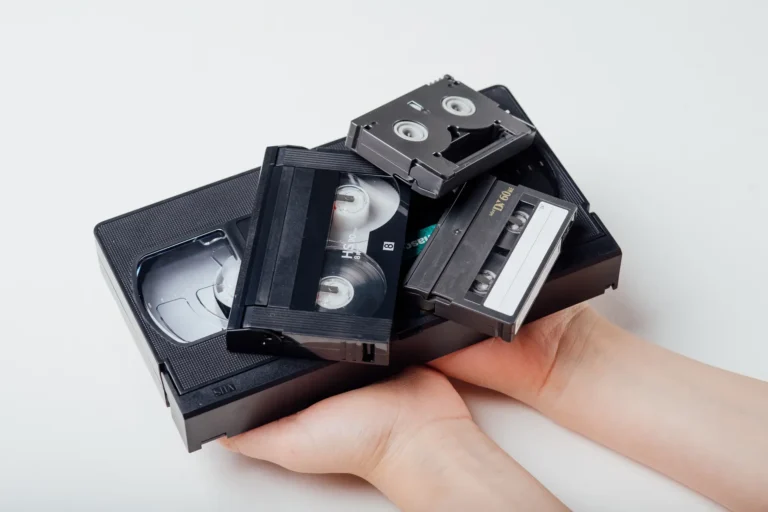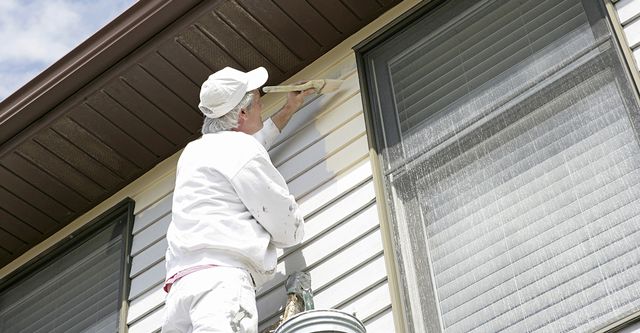Choosing the right baby diapers and hygiene products for your little one is essential for their comfort, health, and overall well-being. With so many options available on the market, it can be overwhelming for new parents to navigate the variety of choices. This article aims to provide a comprehensive understanding of the different types of baby diapers and hygiene products available, highlighting their features, benefits, and how to choose the best ones for your baby’s needs.
Types of Baby Diapers
Baby diapers come in a wide range of styles and materials, each designed to meet specific needs such as absorbency, skin sensitivity, and convenience. Understanding these types helps parents make informed decisions.
Disposable Diapers
Disposable diapers are the most commonly used type due to their convenience and high absorbency. They are made from layers of absorbent materials like fluff pulp and superabsorbent polymers that lock in moisture and keep the baby’s skin dry. These diapers are designed for single use and are disposed of after soiling. They come in various sizes and absorbency levels tailored for newborns, infants, and toddlers.
The advantages of disposable diapers include ease of use, availability in most stores, and features such as wetness indicators and resealable tabs. However, some parents express concern about environmental impact, as disposable diapers contribute significantly to landfill waste.
Cloth Diapers
Cloth diapers are reusable diapers made from natural fibers such as cotton, bamboo, or hemp, or synthetic materials. These diapers require washing after each use but are favored by eco-conscious parents due to their lower environmental footprint. Cloth diapers come in several styles:
- Prefold Diapers: Rectangular cloths folded and secured with pins or covers.
- Fitted Diapers: Shaped like disposable diapers but made of absorbent fabric.
- Pocket Diapers: Contain a pocket to insert absorbent pads.
- All-in-One Diapers: Have built-in absorbent layers, making them easy to use.
Cloth diapers can be gentler on a baby’s skin and allow for more breathability but require more effort in cleaning and maintenance.
Hybrid Diapers
Hybrid diapers combine the features of disposable and cloth diapers. They typically have a reusable outer shell with a disposable absorbent insert. This design offers flexibility, allowing parents to use the disposable insert when traveling or on-the-go and washable inserts at home.
Biodegradable Diapers
Biodegradable or eco-friendly diapers are designed to break down more quickly in the environment compared to traditional disposable diapers. These diapers are made from sustainable materials such as bamboo fibers, corn starch, or other plant-based components. They offer a compromise between convenience and environmental responsibility but can be more expensive than standard disposable diapers.
Key Features to Consider in Baby Diapers
When selecting baby diapers, several features are essential to ensure comfort and hygiene:
- Absorbency: The diaper must hold enough liquid to prevent leaks and keep the baby’s skin dry.
- Fit and Size: Diapers should fit snugly but not too tight, with sizes matching the baby’s weight.
- Material: Hypoallergenic and breathable materials reduce the risk of diaper rash.
- Ease of Use: Fastening mechanisms like Velcro tabs or adhesive strips should be user-friendly.
- Wetness Indicator: Some diapers change color to indicate when they need changing.
Hygiene Products for Babies
In addition to diapers, maintaining good hygiene for babies requires a variety of hygiene products designed specifically for their delicate skin and needs.
Baby Wipes
Baby wipes are a staple hygiene product used for cleaning a baby’s bottom during diaper changes. They are moist, pre-packaged cloths infused with gentle cleansing agents and moisturizers. There are different types of baby wipes available, including fragrance-free, hypoallergenic, biodegradable, and scented options. Choosing wipes free from harsh chemicals like alcohol and parabens is important to avoid skin irritation.
Diaper Rash Creams and Ointments
Diaper rash is a common concern among infants due to prolonged exposure to wet diapers. Diaper rash creams and ointments form a protective barrier on the baby’s skin to prevent and soothe irritation. Common ingredients include zinc oxide, petroleum jelly, and natural extracts like calendula or aloe vera. Regular application during diaper changes can help keep the baby’s skin healthy.
Baby Powder
Baby powder helps keep the skin dry by absorbing moisture and reducing friction, which can help prevent rashes. However, parents should use powders cautiously, opting for talc-free formulas and applying them away from the baby’s face to avoid inhalation risks.
Baby Bath Products
Though not used directly during diaper changes, baby bath products such as gentle shampoos, body washes, and moisturizers are crucial for overall baby hygiene. These products are formulated to be mild and tear-free, ensuring the baby’s sensitive skin remains soft and clean.
Diaper Disposal Systems
For parents using disposable diapers, specialized diaper disposal systems can help manage odor and maintain hygiene in the nursery. These systems usually consist of a container with a seal that traps smells and allows for hygienic storage of used diapers until disposal.
Choosing the Right Baby Diapers and Hygiene Products
Selecting the best baby diapers and hygiene products depends on several factors unique to each family and child:
- Skin Sensitivity: Babies with sensitive skin may benefit from hypoallergenic diapers and wipes made without fragrances or dyes.
- Budget: Cloth diapers have a higher upfront cost but save money over time, while disposables provide convenience but can add up financially.
- Lifestyle: Parents who travel frequently might prefer disposables or hybrid diapers for convenience.
- Environmental Concerns: Families conscious of their ecological footprint may choose cloth or biodegradable diaper options.
- Baby’s Age and Weight: Different diapers offer varying levels of absorbency and size options suitable for different stages of infancy.
Tips for Maintaining Baby Hygiene
Maintaining hygiene with baby diapers and other hygiene products requires consistent care:
- Change diapers frequently to prevent rash and discomfort.
- Clean the diaper area gently with wipes or warm water and a soft cloth.
- Allow the skin to air dry or pat it dry before putting on a fresh diaper.
- Apply diaper rash cream as a preventive measure or treatment.
- Wash cloth diapers thoroughly using baby-safe detergents.
- Dispose of diapers properly, using disposal systems if available.
Conclusion
Understanding the different types of baby diapers and hygiene products available is essential for parents to make informed decisions that promote their baby’s comfort and health. From disposable and cloth diapers to eco-friendly options and essential hygiene products like wipes and creams, each product offers unique benefits. By considering factors such as skin sensitivity, lifestyle, budget, and environmental impact, parents can choose the best solutions to keep their baby clean, dry, and comfortable throughout their early years.




